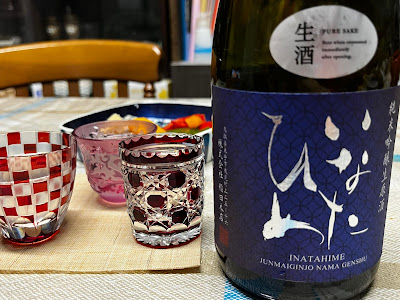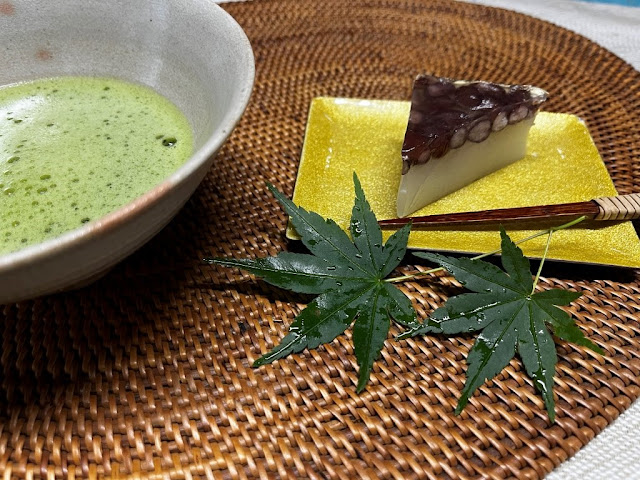Red spider lilies, in Japanese, “Higan-bana” (flowers which bloom on
and around the Autumnal Equinox) have a very peculiar reputation among the older generation in Japan. My grandma, my mother and my
mother-in-law all used to say that you can't grow red spider lilies in
your home garden.
The reason being that these flowers were likely to bring unwelcome
happenings in families- at least this was what they'd been taught. The
flowers were often linked to blood and even fire because of their vivid
red color. So where does all this come from?
Somehow spider lilies were considered ominous despite their beauty. This
was due to a commonly believed association with “death” stemming from a
story way back when people buried bodies in the ground after a funeral.
To prevent animals unearthing the ground in graveyards, people planted
spider lilies in and around graves. The flowers have poison in their
bulbs, petals, stems and leaves and grow in clusters. Thus they kept our
ancestors’ bodies from being damaged by animals.
Now due to changes in our lifestyle, we don’t use the flowers for this
purpose anymore. Nowadays farmers plant spider lilies simply to protect
their products from mice, moles, and insects.

Red spider lilies are now, generally speaking, free from this malicious
image. However there are still some people who choose to hang on to
fears and superstitions and for them red spider lilies are no exception.
Ironically Buddhism has a totally opposite view of the flower and
regards it as a sign of grace . In Japanese there are more than 1,000
different names for spider lilies, one is “Manjushage”. Sounds exotic,
doesn’t it? It comes from Hindi and means - a heavenly flower which
doesn't grow on earth but only in heaven!
Nowadays people enjoy watching these flowers bloom in clusters in
parks, gardens, rice fields, and riverbanks. They are delightful to look
at and weirdly become even more attractive when we hear about the
creepy stories surrounding them!
They are just BEAUTIFUL flowers!


















